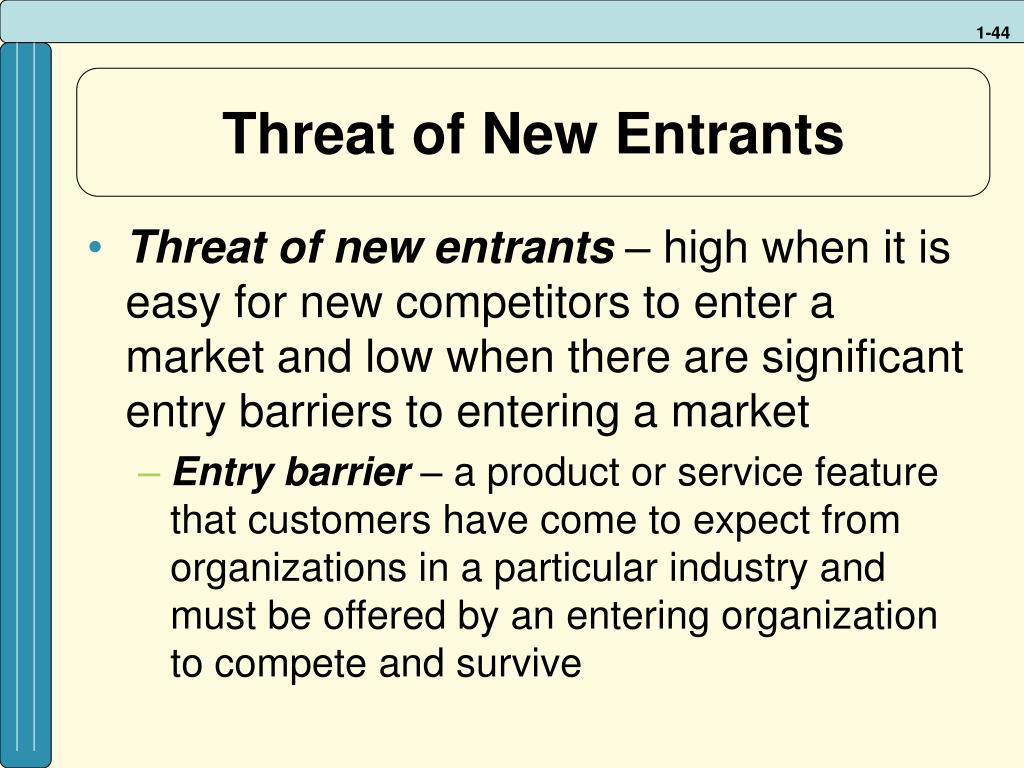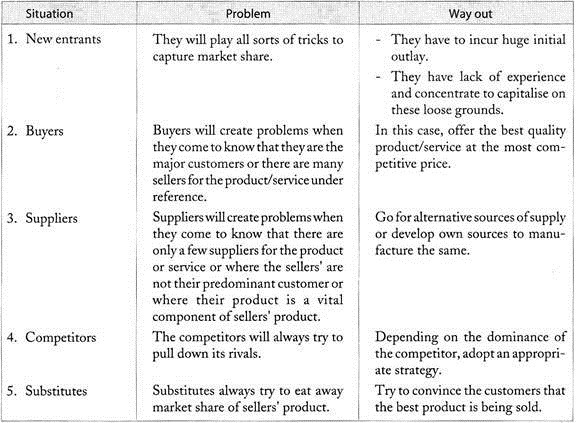

None of the suppliers is large enough to hold major influence. The bargaining power of Target’s suppliers is low mainly because of their size. All these factors moderate the bargaining strength of buyers which remains low for Target. Apart from it, the brand image of Target is better and its positive reputation has kept growing in the past years. The factors that moderate the bargaining strength of the buyers are the low prices and the wide range of products offered by Target. However, consumers have several choices including the traditional retailers and the e-retailers. Target sells a very large range of products. Most of the threat is from the established foreign brands that hold enough capital to establish a strong presence In US in a short time. So, the threat of new entrants is moderate for Target. The challenge comes only from the major players Still, some non US brands have entered the US during past few years and many more are planning to enter it. However, the small brands are not a major challenge for big and established brands like Target. New entrants can enter it and form a business as per their ability to invest capital. The retail industry is quite big and there are both big and small brands in it. These forces are there in every industry and every market and businesses can strengthen their competitive position relative to others using this analytical tool. Here is a five forces analysis that discusses the five important forces which affect competition in an industry and the competitive position of a brand. Moreover, the battle has become so tough that to retain market share every brand has to focus a lot on customer service and customer’s convenience. In an age of technology and customer service, building and retaining a competitive advantage is difficult. Amazon as the biggest e-retailer also poses a strong threat to Target’s business. Target is one of the best known retailers in US which faces tough competition from Walmart and Costco.

There are several US and non-US brands that are competing for market share. The retail landscape of US has grown highly competitive.


 0 kommentar(er)
0 kommentar(er)
